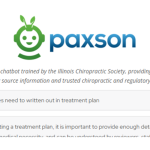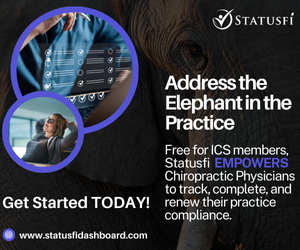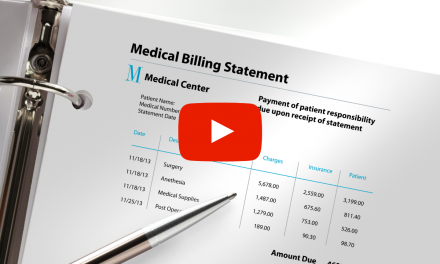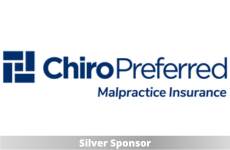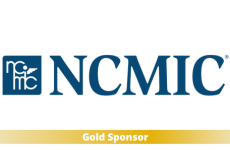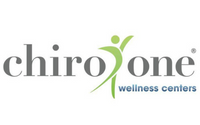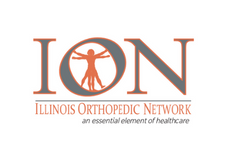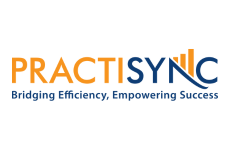
NCCI and the 25 Modifier with CMT and E/M
Editor’s Note: The ICS has an on-demand course with Dr. Gwilliam covering the entire -25 modifier issue and all of the tips here.
Learn how to use the 25 modifier correctly and defend against unfair denials. Dr. Gwilliam explains NCCI edits, documentation tips, and strategies to ensure chiropractic physicians get paid for distinct services.
Referenced Links:
E/M and CMT Bundling Prevention Toolkit
Paxson (ICS Trained AI)
Transcript:
Marc:
We’ve covered a lot of information in these videos. We’ve talked about the RVU system, if you will, the RBRVS system, we’ve talked about what is pre, intra, and post service work. We’ve talked about all the different components. We’ve talked about how payers really, even in their own policy, say that examinations on the same date as adjustment are acceptable under certain circumstances. We’ve talked about all these things, but the problem that we continue to have is when these claims are submitted, it seems like they’re pretty much almost automatically rejected, even when all of the coding rules seem to be followed. So, Dr. Gwilliam, talk to us a little bit about these NCCI edits and the 25 modifier, and what is the purpose of all of that? How does all that work?
Dr. Gwilliam:
So again, we’re going to turn to Medicare, which is our standard, right? Because most payers rely upon this database, that they created called the National Correct Coding Initiative, it is a way to apply payment policies to submitted claims, to determine if certain services are included in one another. So they basically got this huge database, this list of here’s every CPT code, and here’s all the codes that could go with it, and then they identify whether or not that one’s bundled in or not, and if possibly, you could override the edit with a modifier. So, without getting too much into the weeds, if there is a code, let’s say it’s 98941. And then they say, here’s a bunch of codes that might be included in there. And one of them is 99212, which is our EM service. They put a little superscript of one on it, which tells us it can it is bundled in. They say it is, but to show that this is a special circumstance and it’s something outside of it, we attach a modifier when we submit it on a claim, and that is our friend, the 25. They say that you can show that it is not bundled in today, because I understand what makes it bundled, and I’ve clearly documented and done the service totally separate. So now the 25 to communicate that on that claim form, and that’s what the NCCI edit allows us to do. It tells us that 25 modifier’s appropriate, the challenge becomes even when you use the 25 modifier appropriately, sometimes payers still deny, and that’s no fun. So we have to then go a step beyond and go, Okay, if they deny incorrectly. When I’ve used the 25 modifier appropriately, we have to know how to defend and appeal that which the toolkit that we’ve created gives you all that ammunition.
Marc:
And the hope is, Doc also that in the toolkit, there are a few things that we’re hoping and we need a large body of people to actually utilize these, if you will, these tips in order to continue to evidence this out, but we believe actually will tell the story on a claim form to potentially prevent it from being denied to begin with as well. In other words, we can prevent it up front, as opposed to having to go through the appeals process. But both are going to be important. So we need to make sure that everything is rock solid, both on the claim form as well as in the documentation, to have the highest level of ways to be able to fight back on appeal, to make sure that they’re not misapplying these NCCI edits, especially since the NCCI or the the National Correct Coding Initiative very clearly says that you can identify when something is separate and distinct in this case, especially, right?
Dr. Gwilliam:
Yeah, the challenge we run into is take 100 DCs, we’re doing a re-exam, and two out of 100 maybe throw the 25 modifier on there, and they don’t do a re-exam at all, and they don’t even document it. They don’t support it. And so the payer sees that and goes, well, all of them must be bad. So we’re going to deny everything. We’re going to create all these hoops to jump through. And it’s really unfair to the vast majority of you who are doing it right, doing it legitimately, but I want to make it really clear, you’ve got to know when and why you’re using the 25 and make it super crystal clear, so that you remove all need for debate. The 25 modifier says that this that the E/M is significant and separately identifiable from the CMT. And again, our toolkit is, how do you tell that story? Don’t be the two that do a lousy job, do a great job, and make it really clear. We’ve tried to make it as systematic as we can, to make it easy for you to know confidently that you’re using a 25 modifier in a way that’s indisputable.
Marc:
Yeah, exactly. And this stems back to one of our earlier videos, one of the first ones in this series, too, where we actually, and you heard me rant about this, and Dr. Evan, I’m sure, will sit here and laugh a little bit, because I do this all the time. I get really upset because they’re saying that these are bundled, right? But yet, at the same time, the payment portion and in the RVUs that are associated with the exams and the adjustment just are so vastly different. In fact, I think one is one, the exam is 42% higher, I think is the exact figure, or something like that. So it’s about 42% higher than what the adjustment is. And so it doesn’t make any sense. And so we’ve got to find a way to appropriately document and claim our and and code the claim form to be able to get paid for what you do. You provide a good and valuable service. You deserve to be paid for it. All right, we’ll catch you next week, and maybe we’ll touch on some of these tips that we cover in or that Dr. Evan covers in the toolkit. Catch you next week.




